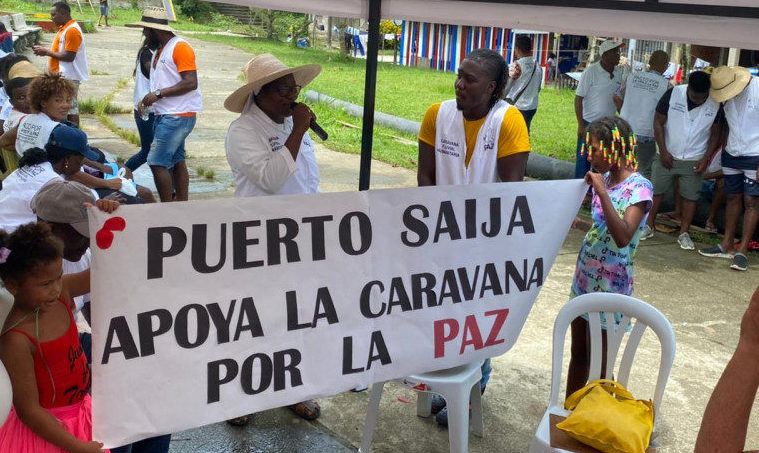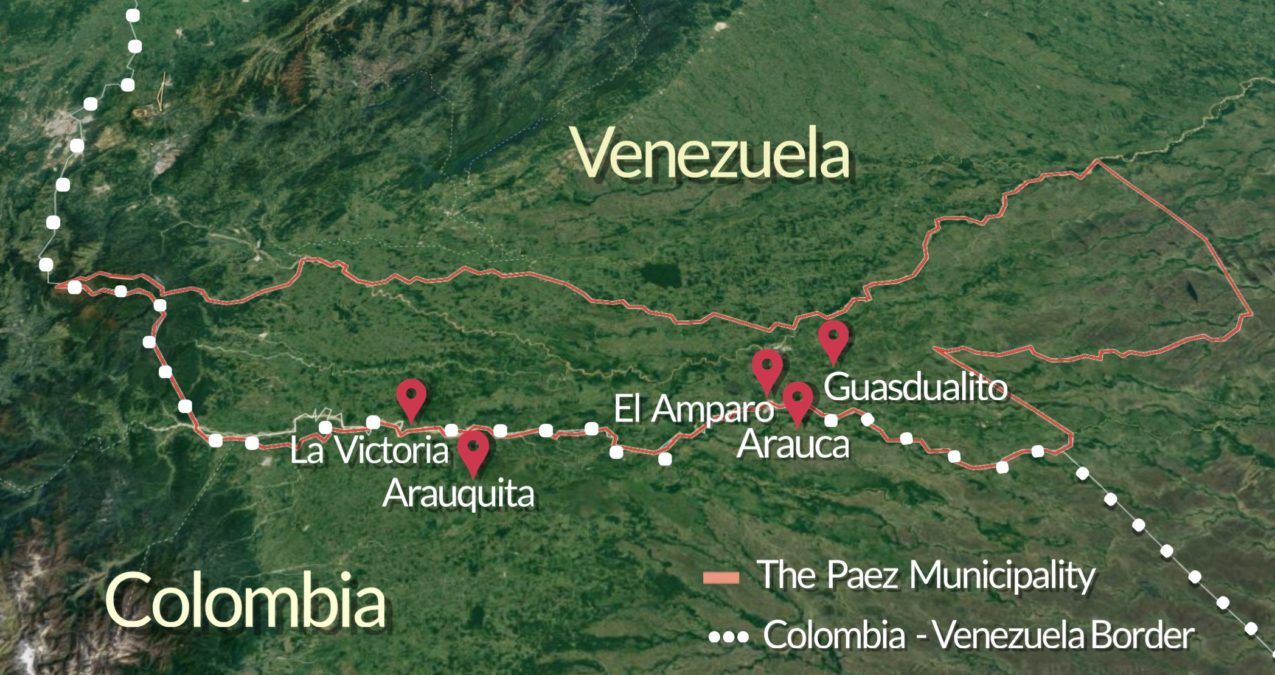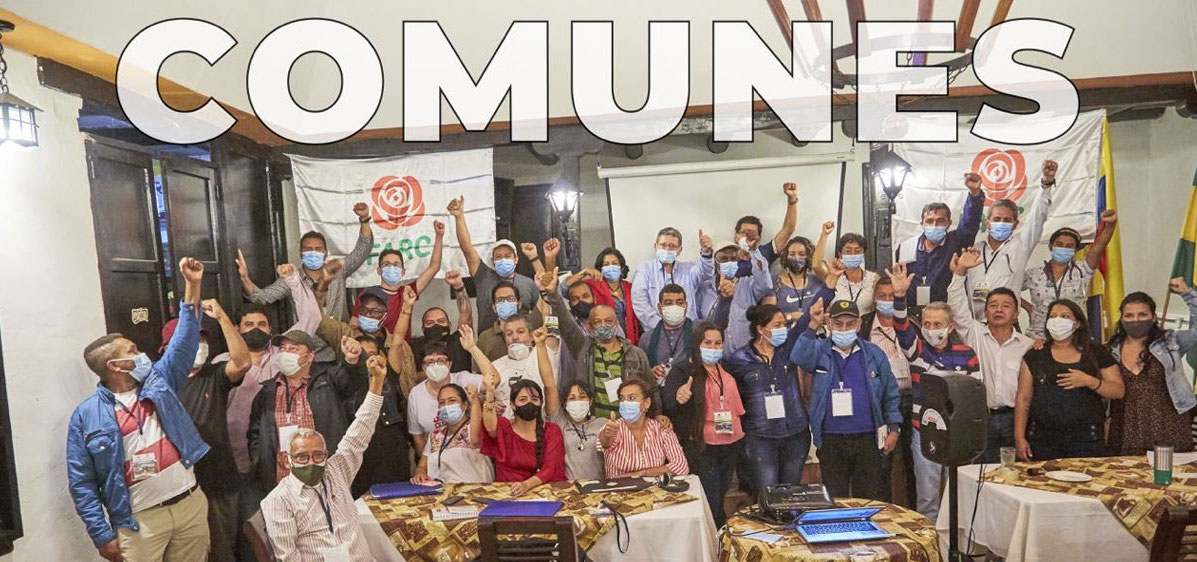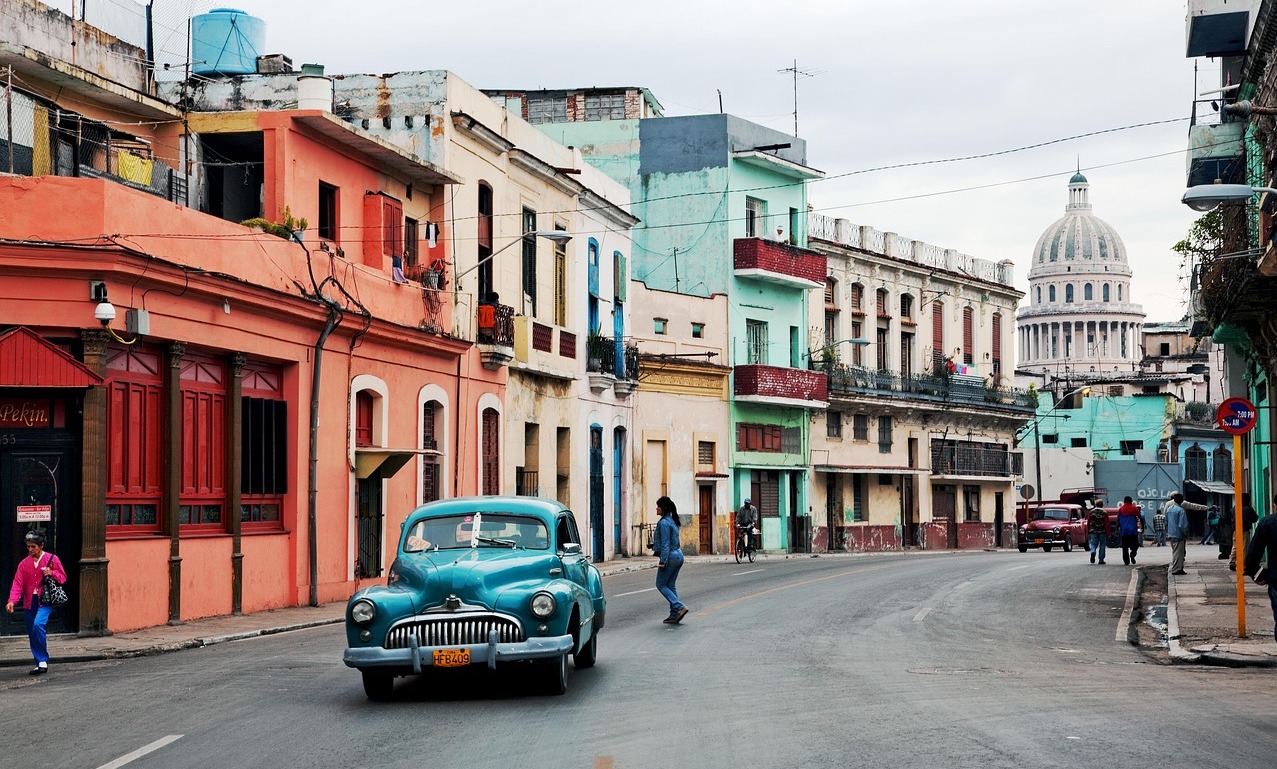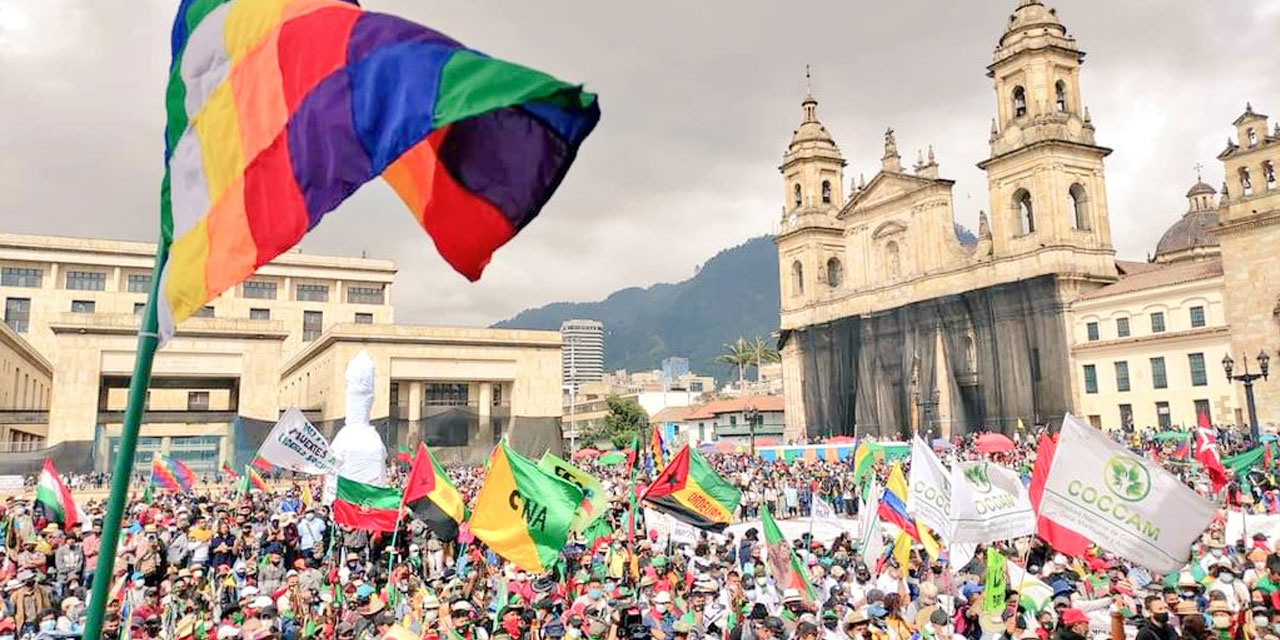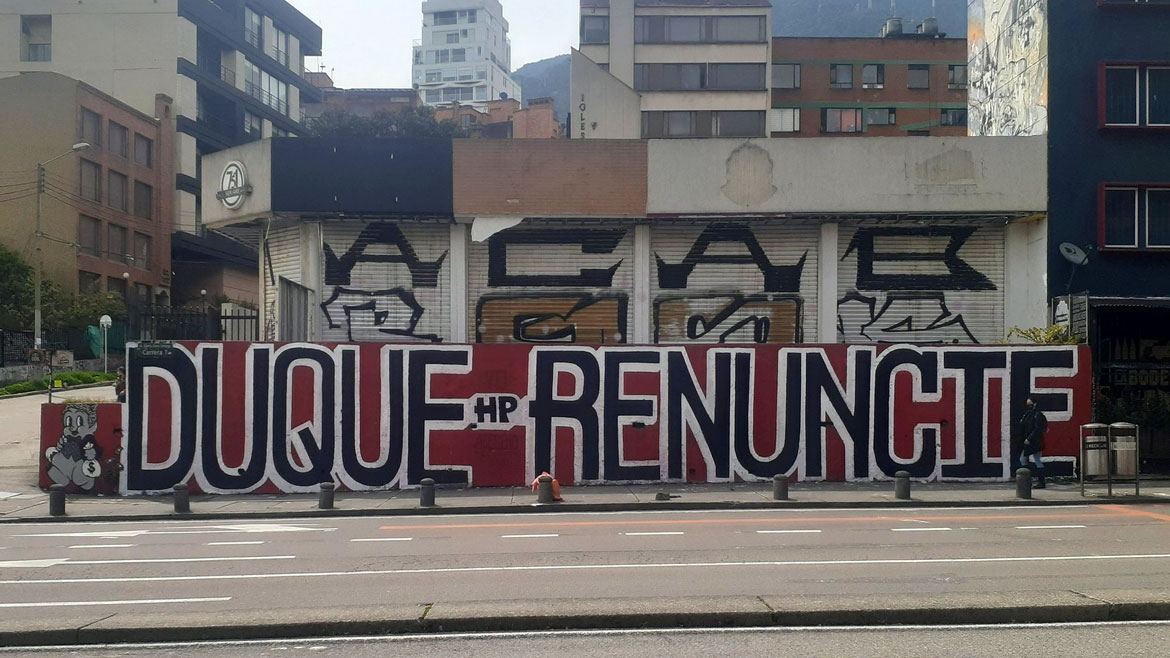
UN expresses alarm over Colombia repression
The United Nations High Commissioner for Human Rights expressed alarm at a new outburst of police violence against protesters in the Colombian city of Cali. This violence comes after more than a week of protests that have resulted in 14 deaths across Colombia. The protests began in response to a proposed tax reform law aimed at shoring up the country’s finances following a year of COVID-19 stagnation. Among the proposed reforms are deeply unpopular sales taxes on food and utilities, as well as cutbacks in social services. In the face of rapidly expanding protests across the country, President Iván Duque requested that the draft bill be withdrawn from Congress. But he also called the protesters “vandals and terrorists,” and has threatened to mobilize army troops in the cities. (Photo: Colombia Reports)



